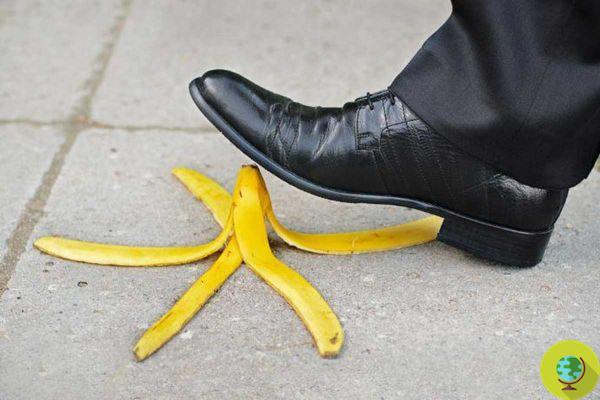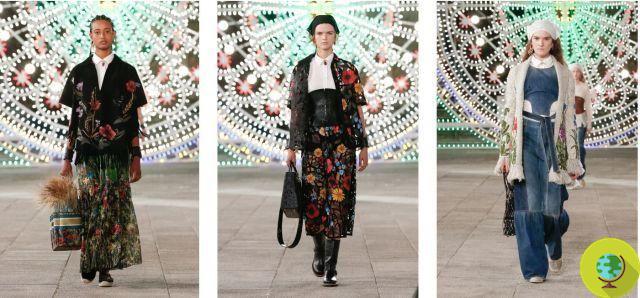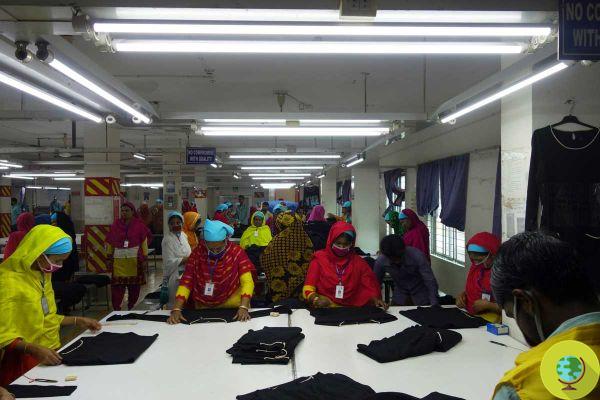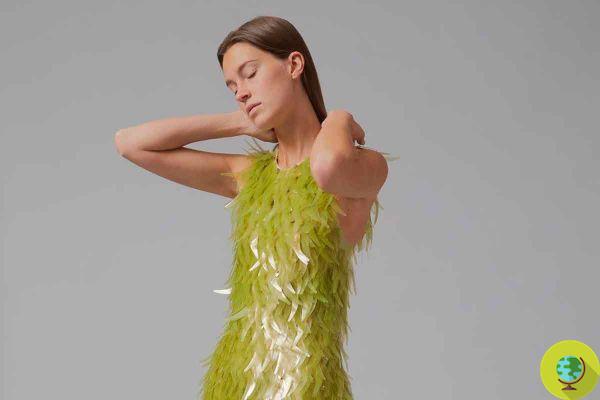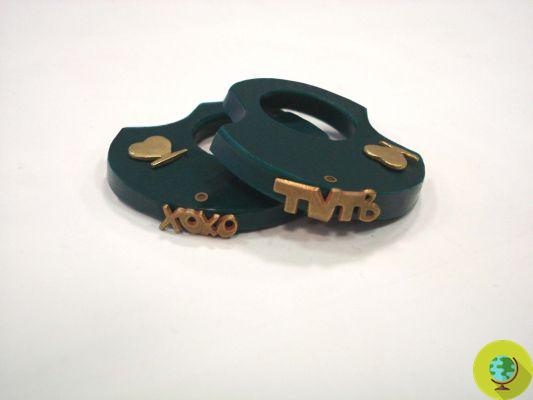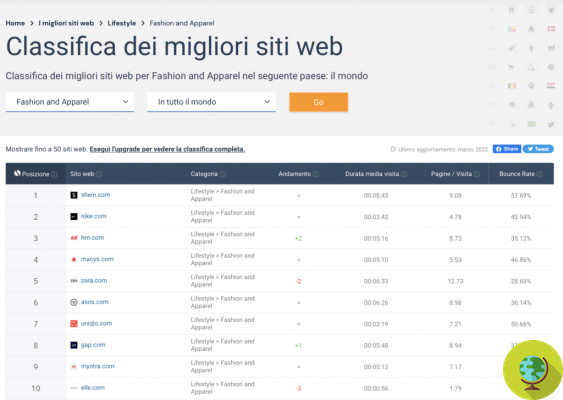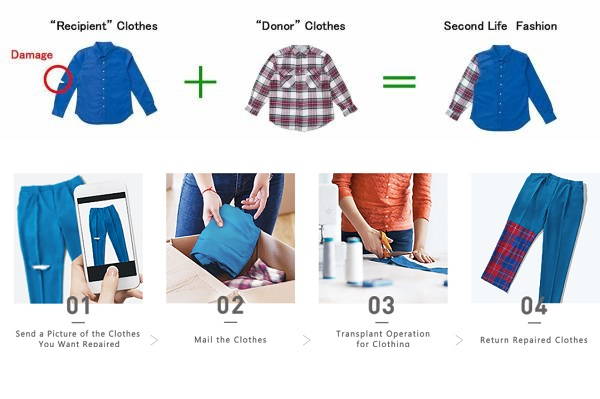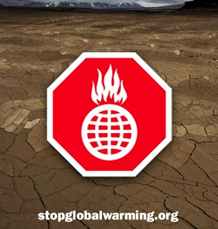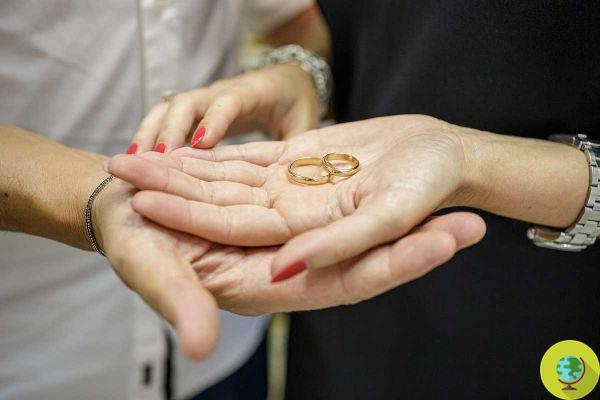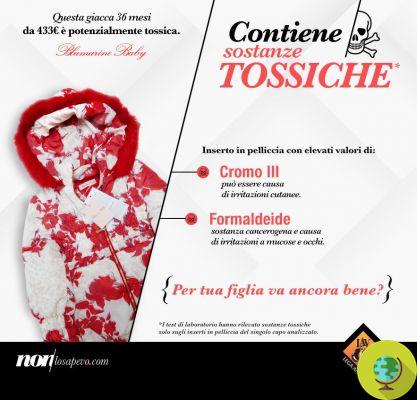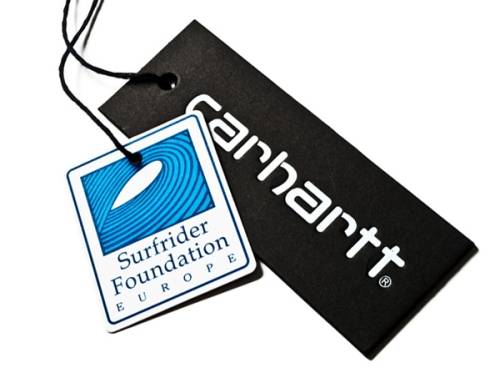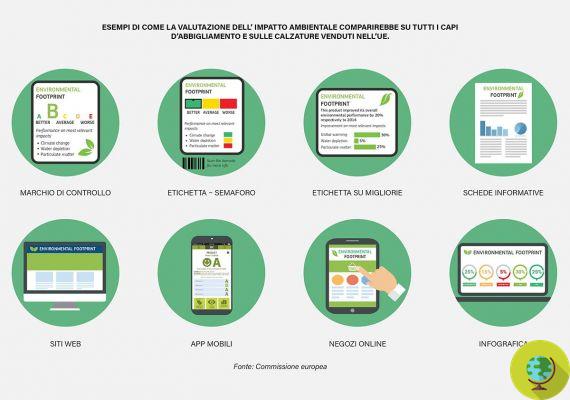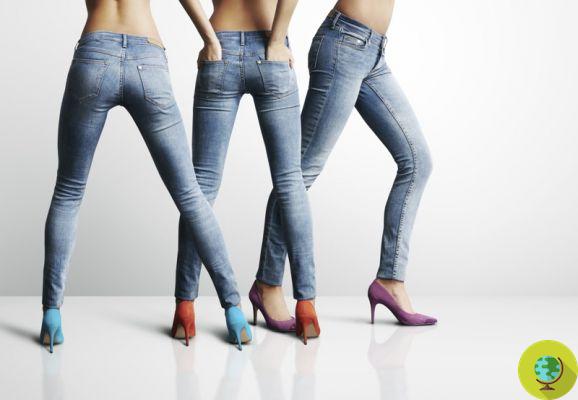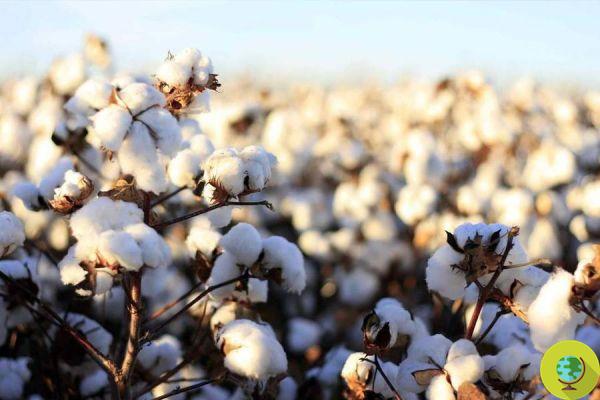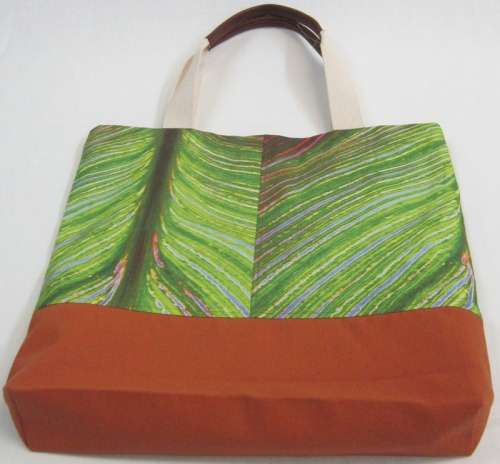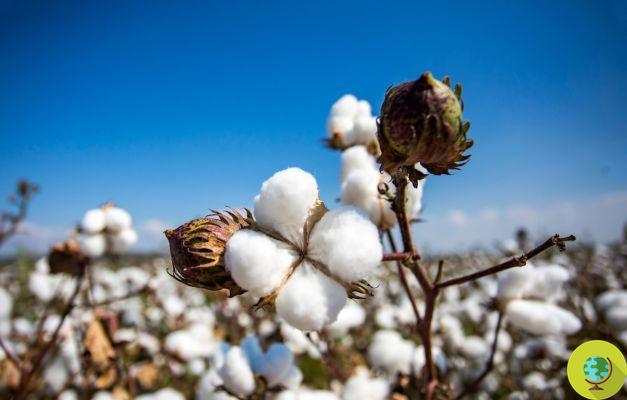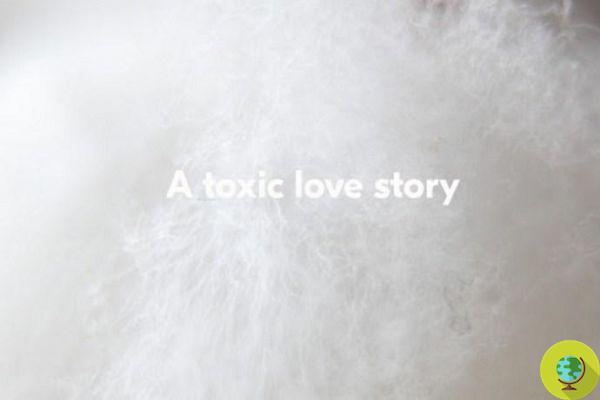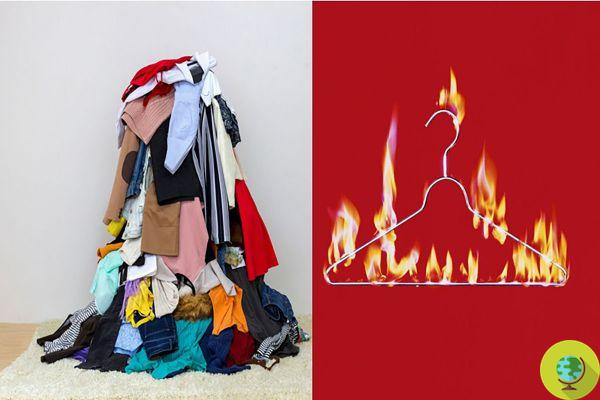
That seas and oceans are polluted by plastic is unfortunately not new. A new study, however, sheds light on the origin of such waste, showing us a disconcerting truth: most of it, in fact, comes from the clothes we wear and is dispersed during their washing in the washing machine, poisoning rivers and oceans and then ending up in the food chain.
Don't store avocado like this: it's dangerous
That seas and oceans are polluted by plastic unfortunately it is not new. A new study, however, sheds light on the provenance of such waste, showing us a disconcerting truth: most of it, in fact, it comes from the clothes we wear and is dispersed during their washing in the washing machine, poisoning rivers and oceans and then ending up in the food chain.
The synthetic fibers in which jackets, T-shirts and other garments that we usually buy and wear are made are among the major culprits of the pollution of our seas. This was revealed by a study conducted by researchers fromUniversity of California Santa Barbara, Microfiber Pollution and the Apparel Industry, the results of which were made public a few days ago.
READ also: Oceans of microplastics: there is much more of it than previously believed
The researchers found that, on average, synthetic fleece jackets release 1,7 grams of microfibers with each wash. In addition, old garments release nearly twice as much fiber as new ones. The project was funded by apparel manufacturer Patagonia, a certified B Corporation, which also offers scholarships dedicated to environmental sustainability.
After being released into the water during washing in the washing machine, the microfibers "travel" to local purification plants and up to 40% of them then end up in rivers, lakes and oceans, contaminating the food chain. In fact, synthetic microfibers have such dimensions that they can be easily ingested by both fish and other wild animals. And, over time, their toxins accumulate in the organisms of the largest animals, those that occupy a higher position in the food chain, eventually ending up, very likely, on the tables and organisms of millions of people.
READ also: Microplastics kill fish, confirms it in a new study
The research also questions the sustainability of fabrics made from the recycling of plastic waste, which was thought to help reduce environmental pollution: in reality, if the dispersion of microfibers occurs during the washing phase, these "experimental" garments are however polluting, because their components end up in the water, and in a form - that of tiny pieces - which makes them even more dangerous than entire plastic bottles.
What to do, then, to remedy a problem that is worsening day by day and that has dramatic implications for the health of the environment and living beings? The Plastic Soup Foundation, an organization for the protection of the oceans co-founded by the European Union and based in Amsterdam, has launched a series of ideas in this regard.
READ also: Boyan Slat, the boy who will save the oceans from plastic (VIDEO)
The apparel industry should focus on higher quality fabrics and on fibers treated in such a way as not to disperse particles during washing. You should then intervene at this stage, using products capable of capturing the microfibres dispersed in the washing machine drum, or installing a special filter in each appliance. Finally, a new, interesting frontier is represented by washing machine that does not use water: a product conceived and designed by a Californian company and which could allow you to wash fabrics in pressurized carbon dioxide.
In short, a solution to the problem is not impossible to find, they say from Plastic Soup Foundation, but it is necessary that all the actors involved - both the clothing industry and the appliance industry - collaborate. Which, at least until now, has not happened.
"It's really an insult that they say it's not their problem." - is the conclusion of Maria Westerbos, Director of the PSF - “It's also their problem. It's everyone's problem. "
Lisa Vagnozzi
Photo Credits




